Cost segregation is an often-overlooked but highly valuable strategy for maximizing tax savings within specific cost segregation industries. By reclassifying certain building assets to shorter depreciation schedules, businesses can enjoy significant real estate tax deductions.
Whether you’re a small business owner or managing large-scale real estate investments, recognizing the industries that reap the most benefits can pave the way for smarter financial planning.
This blog will explore the six key industries that benefit the most from cost segregation, highlighting why this strategy is valuable and how businesses can make the most of it.
By the end, you’ll have a clearer picture of whether cost segregation might provide your business with an edge.
Why Cost Segregation Matters for Businesses
Cost segregation offers more than just tax deductions—it provides businesses with accelerated cash flow by deferring taxes.
The process involves hiring specialists who analyze and reclassify components of a building into shorter depreciation timelines, often 5, 7, or 15 years instead of 27.5 or 39 years. But which types of businesses will see the greatest benefit?
To learn more about how cost segregation can transform your balance sheet, let’s break it down by industry.
Real Estate Owners and Developers
Maximizing Real Estate Tax Deductions
Real estate investors and developers are the primary beneficiaries of cost segregation. By identifying components like flooring, HVAC systems, and outdoor lighting, they can write off significant costs earlier in the property’s lifecycle.
For property owners managing rental units, apartments, or commercial spaces, cost segregation unlocks cash flow that’s essential for reinvestment or expanding a portfolio. When paired with other strategies like 1031 exchanges, the savings become even greater.
Benefits for Commercial Real Estate
Investors in commercial real estate—like office buildings or retail spaces—derive extra value from the diverse assets within a building. By breaking down the structure into individual components, businesses can dramatically reduce their upfront tax obligations.
Hotels and Hospitality
Accelerating Depreciation for Guest Comfort
From luxury resorts to roadside motels, the hospitality industry is one of the most equipment-intensive businesses.
Assets like carpeting, furniture, and fixture upgrades—typically necessary for maintaining high-quality customer experiences—can be depreciated more quickly with cost segregation.
This tax savings allows hotel owners to funnel more resources back into guest-facing improvements that boost revenue and customer satisfaction.
Stay Competitive in a Crowded Market
With competition rising in the hospitality sector, smaller chains and independent operators can level the playing field by reinvesting tax savings into expanding inventories and enhancing amenities.
Medical and Healthcare Facilities
Deduct More, Invest More
The healthcare industry consistently requires significant capital investment for both building structures and medical equipment. Whether working in standalone clinics, hospitals, or outpatient facilities, these costs often add up quickly.
Utilizing cost segregation enables medical professionals to increase cash reserves by expediting depreciation on assets like specialized HVAC systems or electrical setups.
Compliance Meets Tax Efficiency
Healthcare organizations often need to adhere to strict development codes, requiring custom HVAC systems or lighting. These specialized features qualify for shorter depreciation schedules, granting more accessible business tax advantages.
Manufacturing and Industrial Facilities
Harnessing Equipment Intensiveness
Manufacturers and industrial businesses house a significant number of assets that are vital to operations, including machinery, conveyor belts, and storage systems.
Cost segregation allows these facilities to harness tax benefits by separating the immense value of this equipment from the standard building depreciation timeline.
Boosted Productivity Through Tax Savings
With additional liquidity created by accelerated depreciation, many manufacturers reinvest directly into modernizing facilities or adopting new technologies—helping businesses stay competitive in an evolving market.
Retail and Restaurant Industries
Refreshing Spaces While Saving
Retailers and restaurants undergo renovations more commonly than many other industries to keep up with consumer trends and competition. Elements such as décor updates, lighting replacements, or custom shelving all qualify for cost segregation benefits.
Scale Faster with Immediate Cash Flow
For smaller businesses or franchises, cost segregation provides earlier access to capital that can be used to expand into new locations or invest in focused marketing efforts. This makes it a critical tool for scaling up operations.
Data Centers and Technology Hubs
Energy Efficiency Meets Tax Efficiency
Modern data centers require highly specific construction features—think advanced cooling systems, broadband infrastructure, and electrical networks. Cost segregation identifies these highly specialized components, allowing tech hubs or data centers to fast-track their depreciation.
Supporting Innovation
The tax savings generated can directly influence operational budgets, allowing enterprises to prioritize innovation and maintain cutting-edge services in a competitive tech landscape.
Unlock the Full Potential of Cost Segregation
When leveraged properly, cost segregation can completely transform how businesses manage their finances. The strategy accelerates cash flow, reduces taxable income, and provides real-time investment advantages.
If you’re still unsure whether cost segregation applies to your industry or how to implement it, learn more by consulting with a trusted cost segregation provider.
With tailored strategies and expert reviews, businesses can uncover hidden financial opportunities while staying compliant with tax laws.




